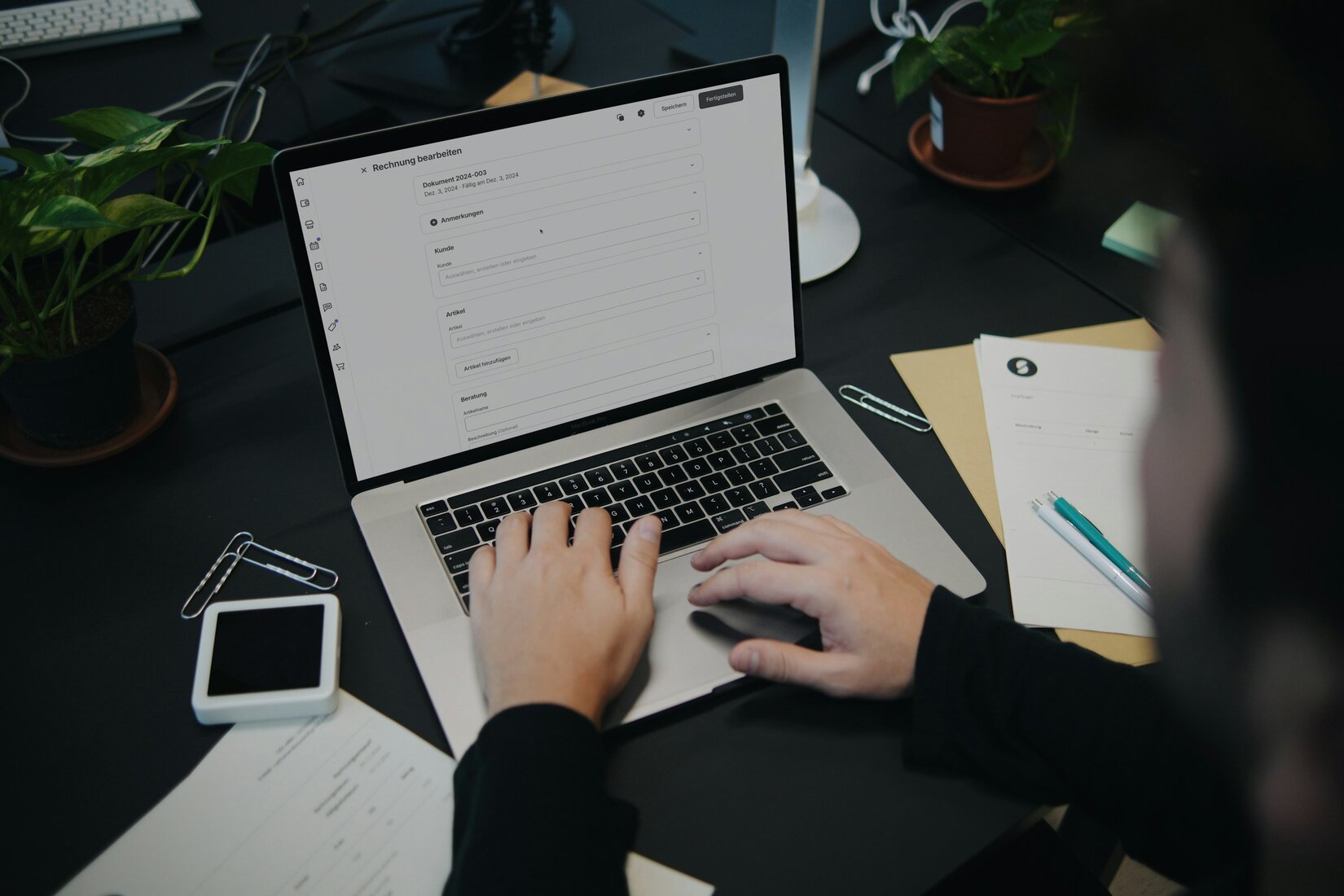Launching an online shop is easy. Turning those visitors into buyers is the real art. One piece that often decides the outcome is the look and feel of your store—in other words, your theme.
Below you’ll find a clear road map for choosing a woocommerce conversion theme that lifts sales, keeps shoppers happy, and pleases Google at the same time.

Why Theme Choice Shapes Conversions
A theme is not just a skin. It controls speed, layout, code quality, and even how secure shoppers feel. Users judge a page in less than a second. If your store loads slowly or looks messy, their trust vanishes—and so does your ad budget. For guidance, many merchants lean on a trusted Houston web design company to help them pick or refine a theme that meets strict performance goals.
Think of the theme as the silent salesperson who greets every visitor. A solid one smiles, shows the goods, and leads shoppers gently to checkout. A weak one mumbles, hides products, and fills the space with clutter. Which store would you buy from?
Core Traits of a “WooCommerce Conversion Theme”
When people talk about a woocommerce conversion theme, they mean a design built to move users along the buying path with zero friction. Look for these pillars:
- Clean code – Valid, modern HTML5 and lean CSS that Google can crawl with ease.
- Focused product pages – Hero images, short copy, and clear calls to action (CTA).
- Streamlined checkout – One‑page or step indicator, guest option, and auto‑complete fields.
- Trust signals – Reviews, security badges, and a visible returns policy.
- Easy branding – Color and font controls that do not break the layout.
Any theme can look pretty in a demo. The list above exposes which one can also convert.
Speed and Performance: the Non‑Negotiables
Google’s Core Web Vitals keep raising the bar. A slow store bleeds ranking and ad quality score. Choose a theme that:
- Ships under 100 KB of CSS and JavaScript on first load
- Delays off‑screen images with lazy loading
- Uses inline SVG icons instead of icon fonts
- Offers a built‑in critical‑CSS generator
Run the demo URL through PageSpeed Insights. If the numbers already sit in the green zone before you add plugins, that theme deserves a closer look.
Mobile‑First Design Means Money on the Table
More than 70 % of WooCommerce orders now arrive from phones. A top‑tier conversion theme flips the old process: it is designed for thumbs first, then scales up to desktop.
- Large tap targets
- Sticky add‑to‑cart bars
- Slide‑in filters
- Apple Pay and Google Pay buttons in the cart
These small details invite impulse buys during commutes or couch time.
Visual Hierarchy and Trust Signals
Users scan, not read. Use visual weight to guide the eye:
- Product image – biggest element on the screen
- Price – bold and close to the “Add to cart” button
- Benefits – short bullet list above the fold
- Social proof – star ratings right below the product title
Colors also matter. Warm shades pull emotion; cool shades signal calm. Keep your palette to three tones to avoid noise.
Built‑In Flexibility Without Bloat
You will change banners, deals, and holiday colors often. Drag‑and‑drop builders help, but some pack hefty scripts. The sweet spot is a theme that offers:
- Global color and typography presets
- Header and footer templates
- Product‑page blocks you can turn on or off
- Hooks for custom PHP snippets
This way you tailor the store without learning React or drowning it in page‑builder code.
SEO‑Friendly Structure Out of the Box
Ranking goes hand‑in‑hand with conversion because many shoppers start their journey on Google. A conversion‑focused theme should also be an SEO‑focused theme. Look for:
- Correct use of <h1> through <h3> on each template
- JSON‑LD schema for products, reviews, and breadcrumbs
- Breadcrumb menus that match the folder structure
- Open Graph tags and Twitter cards by default
- No duplicate content between category and shop pages
Combine these with a solid SEO plugin, and your product pages become mini landing pages the algorithm loves.

Real‑World Checklist Before You Hit “Activate”
Time to test‑drive. Follow this eight‑step checklist:
- Install on a staging site – never trial on the live shop.
- Import dummy data – WooCommerce sample products reveal layout bugs.
- Audit speed again – plugins alter the numbers; re‑check Core Web Vitals.
- Scroll on three devices – phone, tablet, desktop.
- Buy a test item – note how many clicks until “Order received.”
- Review code footprint – view page source; count external scripts.
- Deactivate all plugins – see if the theme throws errors alone.
- Read the changelog – active development signals long‑term support.
If the theme passes every step, you’ve found a reliable partner.
Mistakes to Dodge
Even seasoned merchants stumble here:
- Chasing features over function – a busy slider rarely moves the revenue needle.
- Ignoring image size – uploading 4 MB hero shots erases any built‑in speed gain.
- Using two cart plugins – they fight over hooks and tank the checkout.
- Leaving demo content – nothing kills trust faster than “Lorem Ipsum” on a live store.
- Skipping updates – old code equals open doors for exploits.
Stay disciplined and the theme will keep working for you, not against you.
Final Action Steps
- Define your must‑have features – list them on paper before browsing themes.
- Filter by performance score – ignore any candidate scoring below 90 on mobile.
- Read real reviews – look for notes on support quality and update pace.
- Run a test order – if you feel any friction, so will buyers.
- Measure after launch – track conversion rate weekly; tweak images and copy, not the theme, if numbers slide.
Follow these steps and you’ll land on a woocommerce conversion theme that earns its keep from day one. Your future self—and your balance sheet—will thank you.

